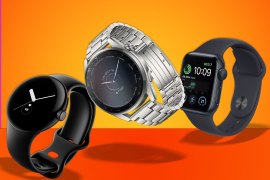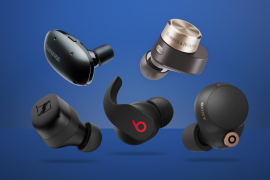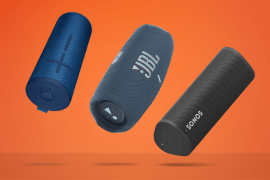Google Pixel 9a vs Pixel 9: should you go mid-range or mainstream?
We pitch the new mid-range Pixel 9a against the current base-level flagship Pixel 9 to see which is better value
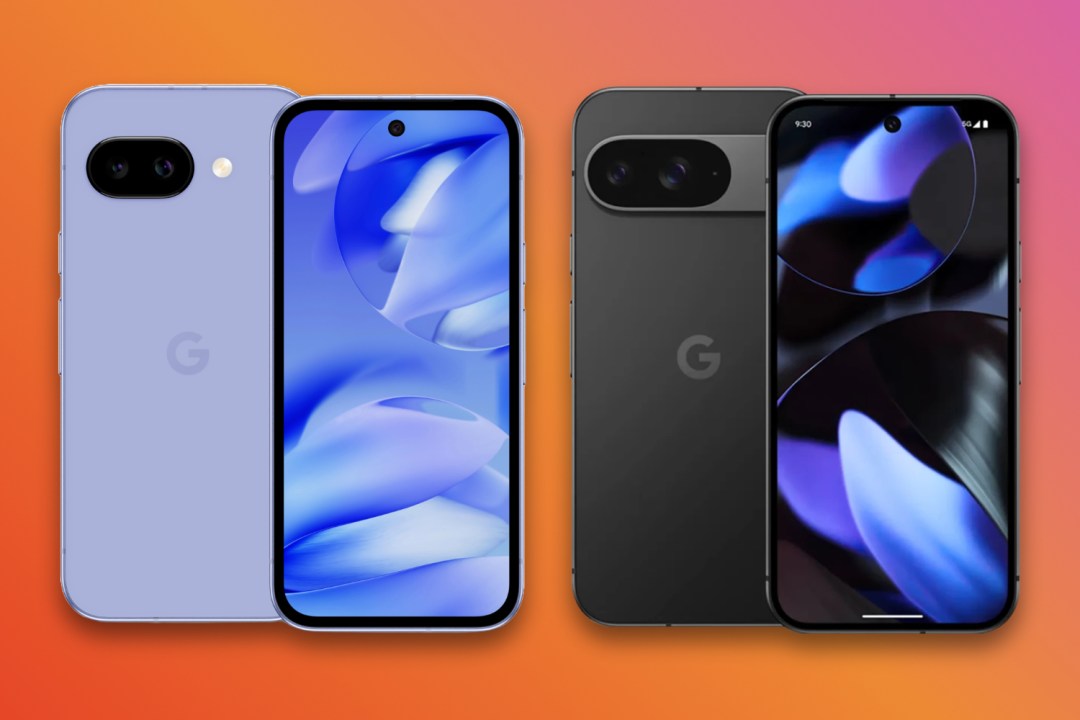
The Pixel 9a is the latest addition to Google’s long-running A-series range, which continue to be some of the best smartphones around as far as bang per buck is concerned. But with the Pixel 9 sitting just above it in the line-up, might it be worth spending a little extra?
Both phones offer top-tier features, bright OLED screens, and Google’s Gemini AI smarts, as well as an impressive seven years of software support. They even share the same Tensor G4 chip at their core. But there are still a few key differences that might help you decide which one to buy.
Now that we’ve reviewed both the Pixel 9 and 9a, it’s time to take a closer look at how the two phones compare, and help you figure out which Pixel phone is right for you.
Design & display: Very similar vs pretty familiar
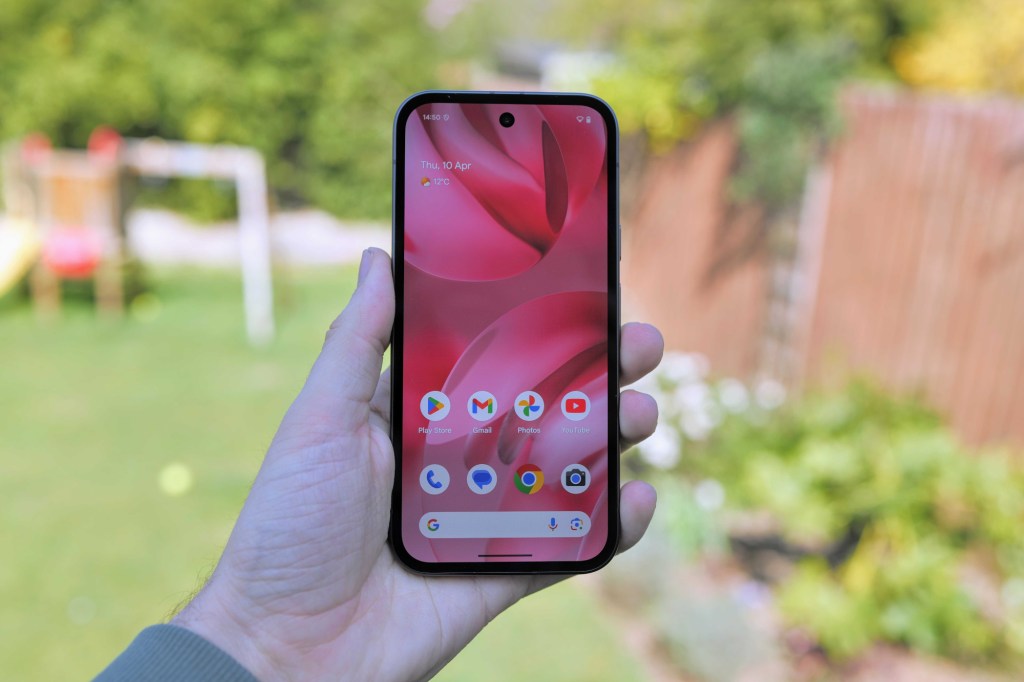
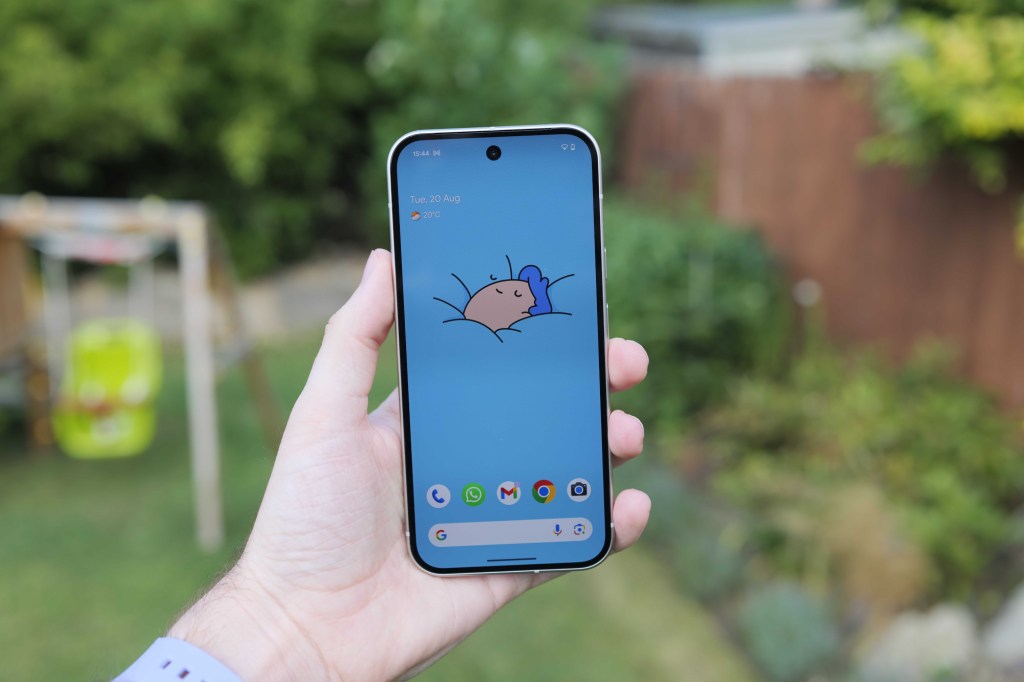
At first glance, we found it hard to tell the Pixel 9a and Pixel 9 apart. Both have that flat-edge design with rounded corners, which we much prefer over the older curved Pixels – they’re just easier to grip. The 9a goes for a composite rear with a matte finish that shrugs off fingerprints, while the Pixel 9 steps it up with polished glass that looks slick but shows every smudge.
The 9a feels noticeably lighter, but we actually like the Pixel 9’s extra heft – it gives the phone a more solid, premium feel in my hand.
As for durability, things are surprisingly close as well. Both have Gorilla Glass Victus 2 on the front, which is great, but only the Pixel 9 gets it on the back too. That feels like a bit of a corner cut on the 9a.
We were pleasantly surprised to see both phones rated IP68 for water and dust resistance. That’s not something we usually expect at this price, so we’ve got to give the 9a credit – it punches above its weight there.
The camera bump tells another story. We actually prefer the 9a’s new oval-shaped bump. It’s more subtle and cleaner than the bar that’s been stuck on the back of every Pixel since the 6. That said, the Pixel 9’s pill-shaped bar still has its charm and looks a bit more distinctive.
Both phones have 6.3in Actua OLED displays, and max out at 2700-nit brightness – a game-changer outdoors – we could easily see everything in direct sunlight. You get a smooth 60-120Hz adaptive refresh rate on both, which keeps things zippy without draining the battery when you’re just scrolling or reading. But the Pixel 9 does look better when it comes to colours and sharpness. Whether we were streaming HDR video or playing a game, we noticed a difference – it’s subtle, but it’s there.
Performance: Tensor twins with a difference
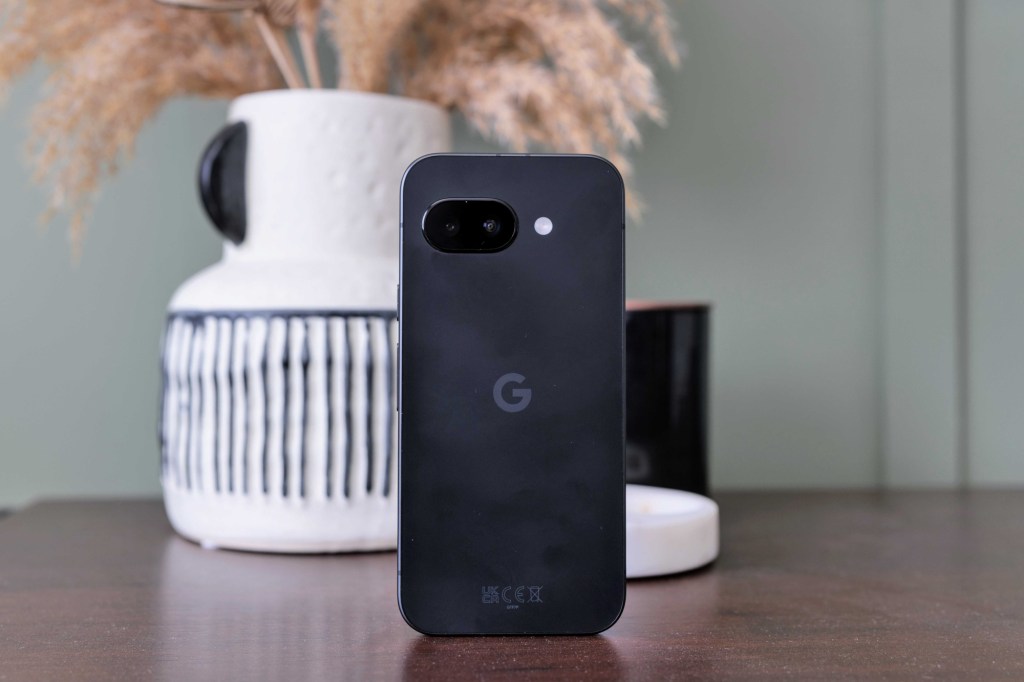
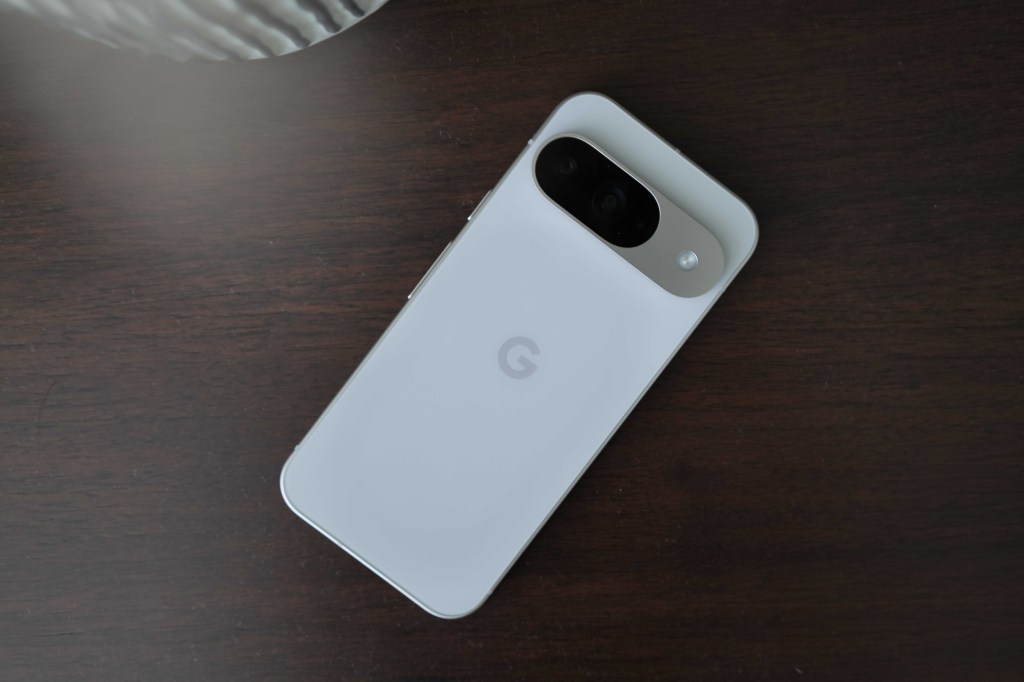
Both phones run on Google’s latest Tensor G4 chip, so in terms of raw performance, we didn’t notice a difference between the Pixel 9a and Pixel 9. Whether we were browsing, messaging, or watching YouTube, everything felt smooth and snappy on both. They also support all the same Gemini AI features, which is great – it’s a new addition to Google’s cheap phone range.
The G4 itself feels like a solid improvement over the G3. Apps open quicker, and battery life seems a bit better too – nothing dramatic, but enough that we noticed over a couple of days of use.
Where things do start to diverge is memory. The 9a gives you 8GB of RAM, which is fine for most things, but the Pixel 9’s 12GB does make a difference if you like jumping between heavier apps. We ran a photo editor, a game, and a few tabs in Chrome at once, and the 9 just handled it more smoothly. If you multitask a lot, it’s the one to go for.
Storage-wise, it’s a draw: 128GB or 256GB on both, and no microSD slot either way – which is a shame, but not unexpected these days.
Both phones come with Android 15 out of the box, and we love that Google’s promising seven years of updates. That’s the kind of long-term support we wish more phone makers offered. It means whichever model you pick, you’re sorted for the next few OS versions and well beyond.
As for AI features – Circle to Search, Gemini Live, Magic Editor, Pixel Studio – they all work on both phones, and that’s honestly one of the best parts. You don’t lose out on the fun or useful stuff just because you went for the more affordable 9a.
Cameras: AI magic on both sides
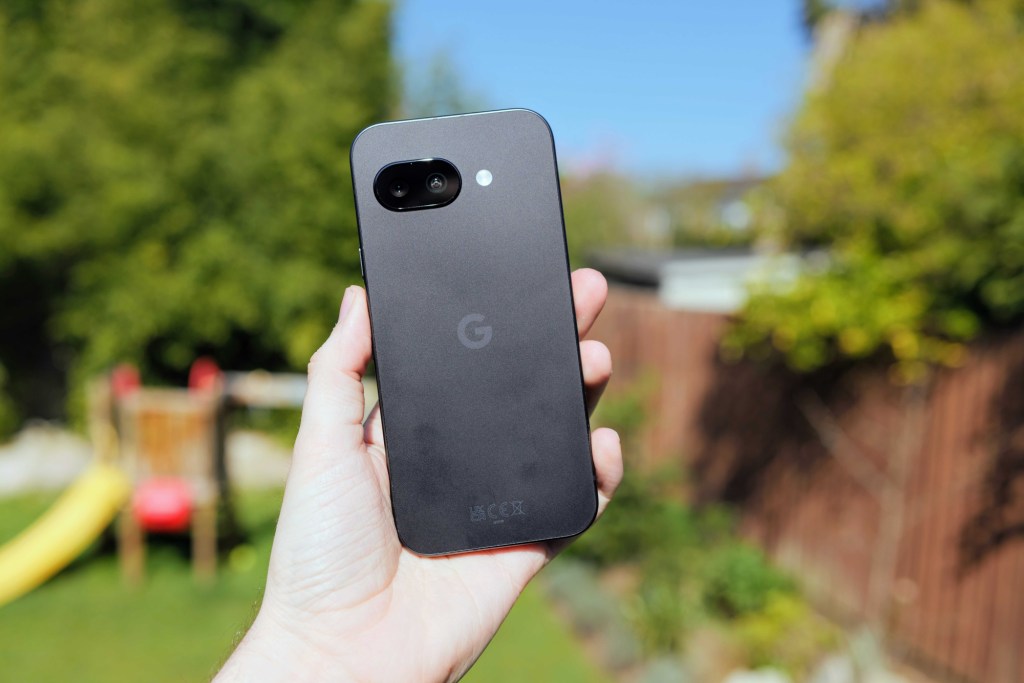
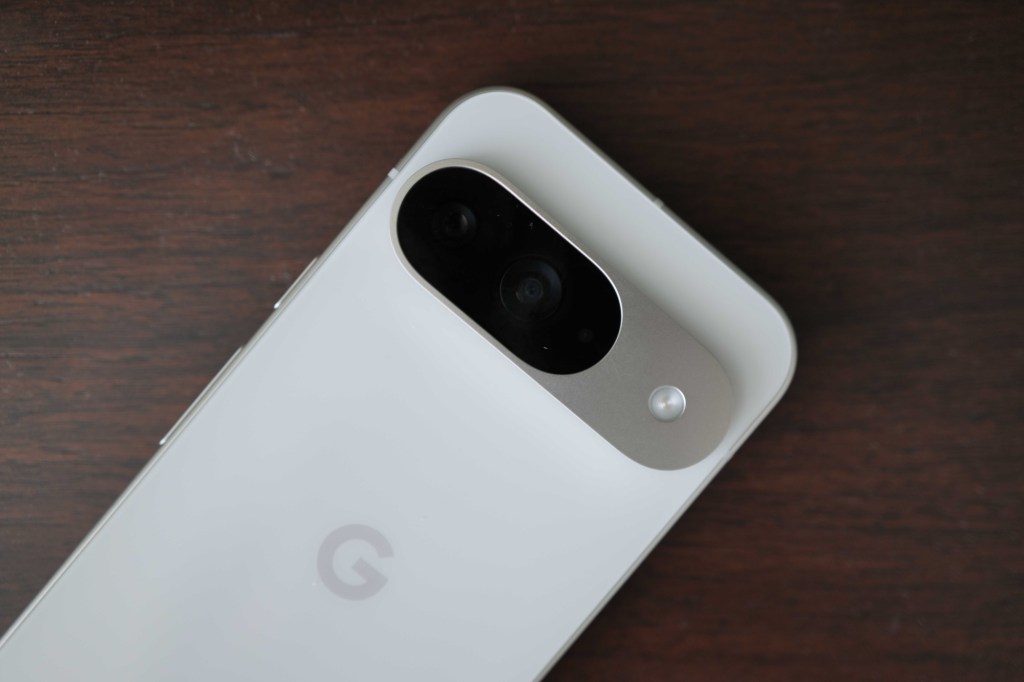
Google’s Pixel phones have always had great cameras, and these two don’t let the side down. The Pixel 9a comes with a 48MP main sensor and a 13MP ultrawide – and honestly, we’ve been impressed with the results. Photos look sharp, colours are well balanced, and it handles low light better than we expected for a mid-range phone.
The Pixel 9, though, does pull ahead on hardware. It uses the same 50MP main sensor as the Pixel 8, but it’s the ultrawide that really stands out – a 48MP lens that can also do macro shots. We had fun getting ridiculously close to objects, and the detail it picks up is genuinely impressive.
Zoom-wise, both phones use Super Res Zoom up to 8x, but we found the Pixel 9 produced very slightly sharper results, especially at higher zoom levels. Both phone’s zoomed images are decent, but if you like to zoom in and crop a lot, the Pixel 9 Pro is the smartphone to opt for.
Both phones shoot 4K video, but if video is your thing, the Pixel 9 is the better pick. You get 4K at 60fps on both the front and rear cameras, which makes a difference for smoother footage – especially for vlogs or action shots. The 9a tops out at 4K/30fps on the selfie cam, which is fine, just not as flexible.
Google’s AI tools like Magic Editor, Best Take, and Add Me are all here on both phones, which we love – they make tweaking photos after the fact surprisingly easy. If you’re into editing or want to get creative, you won’t miss out by going for the 9a. But if you care about detail, sharpness, and more camera control, the Pixel 9 has the edge.
Battery life & charging: Bigger battery vs faster charge
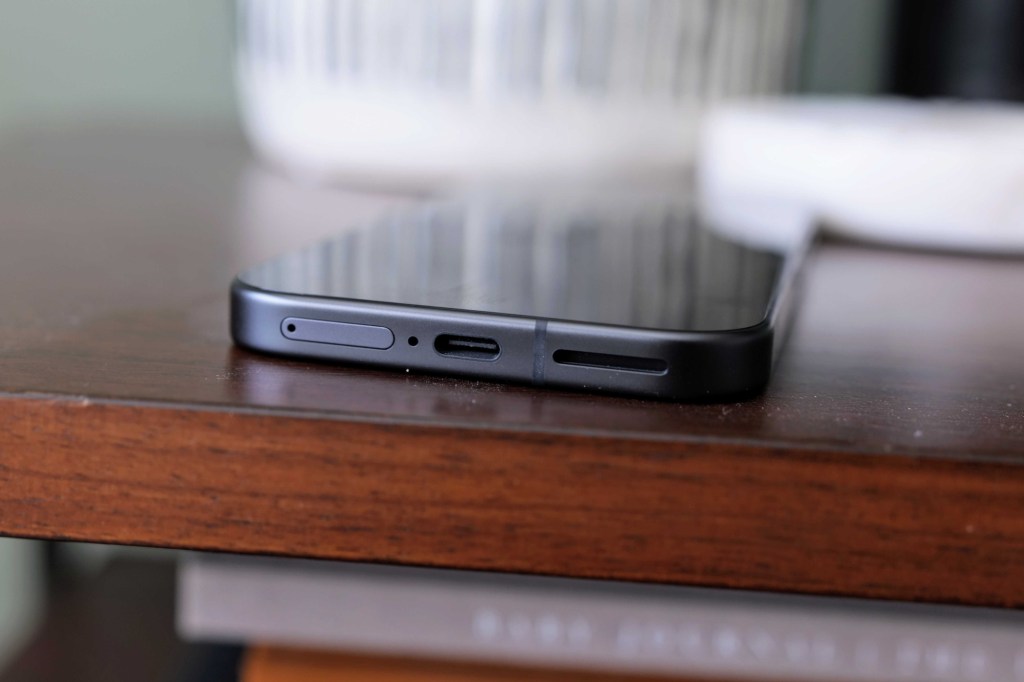

The Pixel 9a really surprised me with its battery – 5100mAh is massive, especially for a mid-range phone. It’s actually bigger than what you get in the Pixel 9 Pro. Google reckons it can last over 30 hours with regular use, or up to 100 hours with Extreme Battery Saver. We haven’t hit those upper limits yet, but we can say it comfortably got me through a day without stress. For a cheaper phone, that’s seriously impressive.
The Pixel 9 has a smaller 4650mAh battery, and while that sounds like a downgrade, it’s not quite as dramatic in real life. Thanks to more efficient hardware and that extra RAM, it still gets through a full day without needing a top-up. It just doesn’t stretch as far as the 9a, especially if you’re pushing it with lots of video or gaming.
Charging’s the same on both: 45W wired, which gave me about 50% in half an hour with the right charger – quick enough for most people. Wireless charging is here too, which we’re glad to see on the 9a at this price, but neither phone supports Qi2 magnetic charging. If you’ve got a Pixel 9 Pro or a newer Qi2 pad, you’ll notice the difference – these two are slower and a bit fiddlier.
Still, if battery life’s a priority, we’d pick the 9a. It’s a proper endurance champ.
Google Pixel 9a vs Pixel 9 verdict
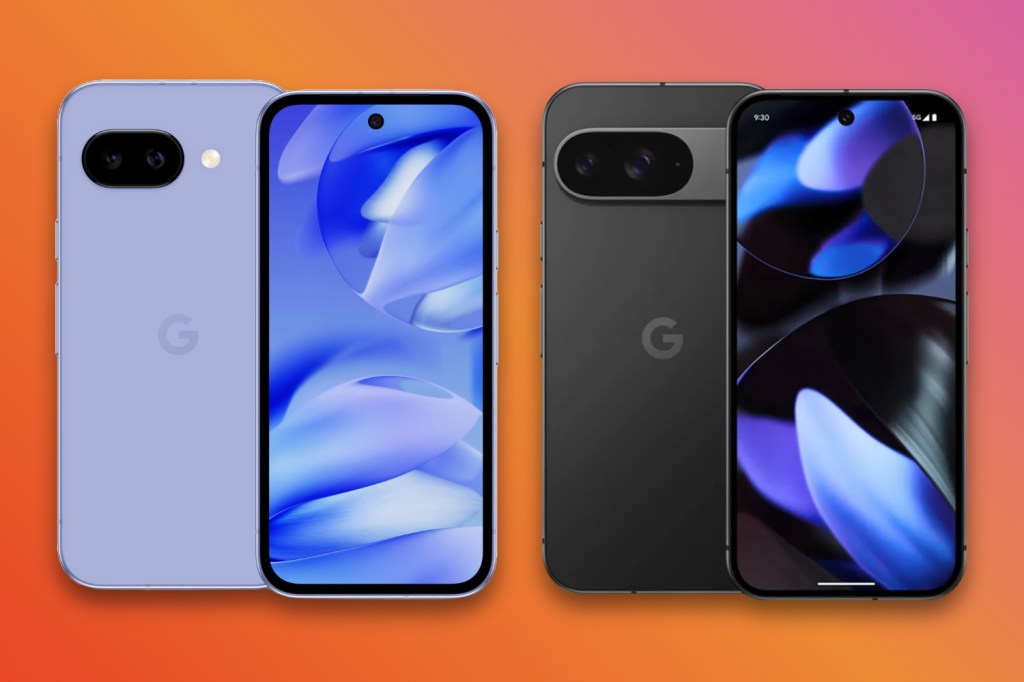
With the Pixel 9a starting at $499/£499 and the Pixel 9 at $799/£799, the price gap between these two phones is substantial. But in everyday use, the differences look to be fairly minor. The Pixel 9a delivers nearly everything that makes the Pixel 9 great: a bright OLED screen, Google’s latest AI tools, and excellent cameras. It can even outlast the Pixel 9 on battery life, and for hundreds less.
The Pixel 9 does justify its premium with better camera hardware, more RAM for smoother multitasking, and a glass design that feels more premium in hand. If you’re after the best Pixel experience and can afford the extra spend, the Pixel 9 is the one to go for.
But if you’re budget-conscious or just want the best value for money, the Pixel 9a is hard to beat.
